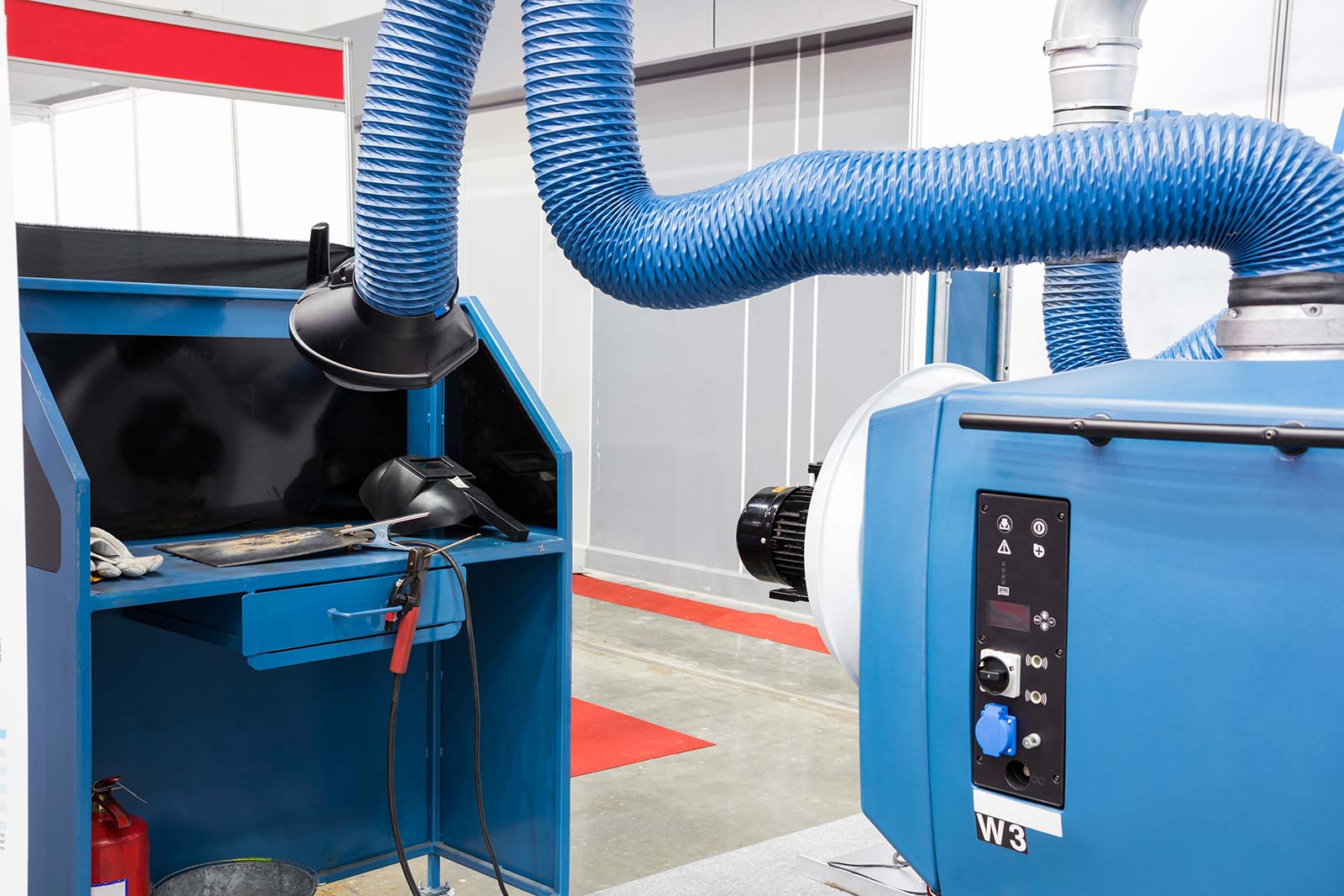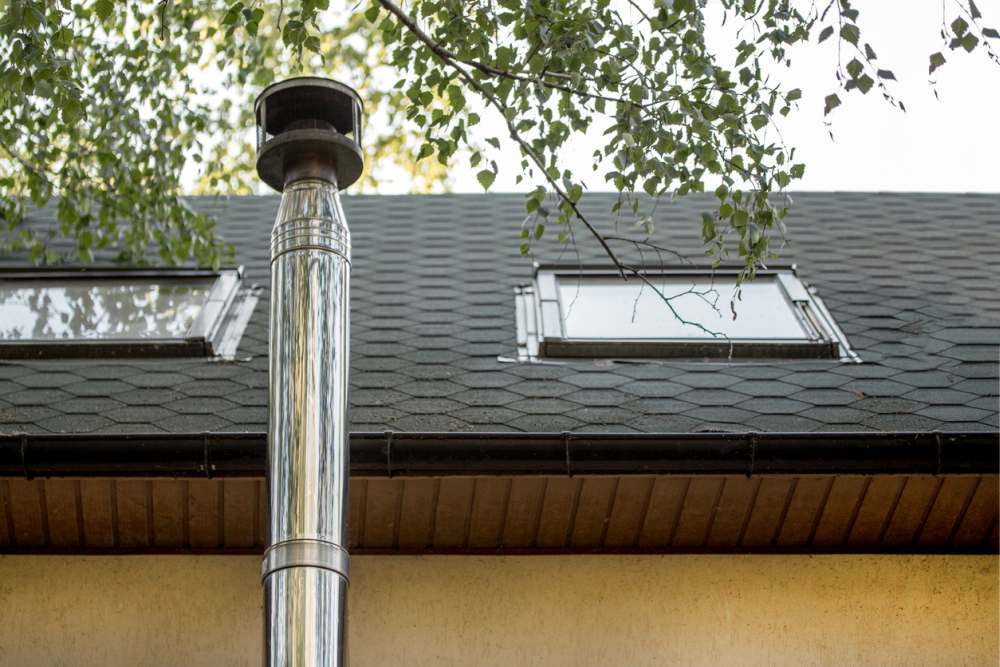The Purpose of Correct Ventilation in Supporting Plumbing Systems
The Purpose of Correct Ventilation in Supporting Plumbing Systems
Blog Article
Have you been hunting for information on What Are Plumbing Vents and Why Are They Important??

Proper air flow in plumbing systems is frequently overlooked, yet it is critical for keeping the functionality and safety of your home's pipes. Air flow aids regulate air pressure, avoid the build-up of harmful gases, and make certain the effective removal of waste. In this guide, we will certainly check out the value of appropriate pipes ventilation, just how it works, and the advantages it brings to your pipes system.
Understanding Ventilation in Plumbing
Ventilation in plumbing refers to the network of pipes that enable air to stream with the drain system. These vents serve multiple objectives, consisting of controling atmospheric pressure within the pipes, stopping sewage system gases from getting in the home, and assisting in the smooth circulation of wastewater.
Exactly How Ventilation Works in Plumbing Equipments
Air Pressure Regulation
Proper ventilation keeps balanced air pressure within the pipes system. When water flows via pipelines, it displaces air. Without adequate air flow, this variation can develop adverse pressure, causing slow drains pipes or siphoning of water from catches, which can trigger undesirable odors to permeate into the home.
Preventing Sewer Gas Accumulation
One of the most crucial features of pipes vents is to prevent sewage system gases, such as methane and hydrogen sulfide, from building up within the home. These gases can present major wellness risks and are very combustible. Vent pipelines enable these gases to get away securely outside.
Helping in Waste Elimination
Air flow aids in the reliable elimination of wastewater by avoiding airlocks in the drain system. When air can stream freely via the vents, it permits water and waste to stream smoothly via the pipes, decreasing the threat of blockages and backups.
Types of Pipes Vents
Main Heap Vent
The primary pile vent, likewise known as the air vent stack, is the main air vent in a plumbing system. It extends from the main drainpipe line up with the roof, permitting gases to get away and fresh air to go into the system.
Branch Vent
Branch vents attach to the primary pile vent and offer specific components, such as sinks, bathrooms, and showers. These vents ensure that each fixture has ample ventilation to function appropriately.
Air Admission Shutoff (AAV).
An Air Admittance Shutoff (AAV) is a one-way shutoff that allows air to get in the pipes system without the demand for a traditional air vent pipeline expanding with the roofing. AAVs are generally utilized in restorations or locations where installing a typical air vent is unwise.
Signs of Poor Air Flow in Plumbing.
Slow Draining Fixtures.
If your sinks, tubs, or bathrooms are draining slowly, it could be an indicator of inadequate air flow. Insufficient air circulation can create a vacuum cleaner impact, making it hard for water to drain correctly.
Gurgling Sounds.
Gurgling noises coming from drains are often an outcome of air being drawn through water traps as a result of negative stress in the pipelines. This is a clear indication of insufficient ventilation.
Undesirable Smells.
Sewer smells inside your home are a red flag that your plumbing system is not correctly aerated. This can mean that sewer gases are not being properly vented outside, causing potentially harmful conditions.
Typical Air Flow Blunders.
Poor Vent Sizing.
Utilizing undersized vent pipes can result in poor air circulation and pressure inequalities in the system. It's important to use vents that meet the details requirements of your plumbing system.
Improper Vent Positioning.
Putting vents also far from the components they serve can lower their performance. Appropriate placement ensures that air can move openly and efficiently via the system.
Ignoring Code Needs.
Building regulations give particular standards for plumbing air flow. Ignoring these codes can lead to a system that stops working to operate properly and may bring about expensive repairs or health hazards.
Advantages of Appropriate Ventilation.
Improved System Effectiveness.
Properly ventilated pipes systems operate extra successfully, with less clogs, faster draining, and less strain on the pipelines. This effectiveness prolongs the life-span of the pipes system.
Improved Air Top Quality.
By stopping sewer gases from entering your home, proper air flow contributes to far better indoor air high quality, making your living environment healthier and more comfortable.
Protecting Against Water Damage.
Adequate air flow aids stop water from being siphoned out of catches, which can bring about drain gases going into the home and causing water damages in time.
Steps to Make Sure Proper Ventilation.
Consulting Pipes Codes.
Constantly seek advice from local pipes codes when designing or modifying your pipes system. These codes give the needed standards for correct airing vent and ensure your system satisfies safety standards.
Normal Evaluation and Upkeep.
Routine inspections can aid identify possible ventilation problems prior to they come to be major issues. Upkeep jobs, such as cleaning vent pipes and looking for blockages, are crucial for maintaining the system in good working order.
Professional Installment.
For brand-new installments or major adjustments, it's smart to work with a professional plumber. They have the competence to make certain the ventilation system is properly created and installed according to code.
Final thought.
Correct air flow is a vital part of any pipes system, guaranteeing that it operates efficiently and safely. By recognizing the significance of ventilation, recognizing the indications of inadequate ventilation, and taking steps to preserve your system, you can prevent pricey problems and shield your home's air high quality.
4 Things You Should Know About Your Plumbing Vents
What Plumbing Vents Are
Also called a vent stack, a plumbing vent is a vertical pipe attached to your drain line that runs through your roof. The plumbing vent pipe, or plumbing air vent, removes gas and odors from your plumbing system and allows fresh air to enter the pipes, helping the water to flow out of the drain pipes.
What Plumbing Vents Do
Plumbing vents have two basic functions. One of which is to allow unpleasant smelling wastewater and sewer gasses to escape your plumbing system instead of entering your home. Plumbing vent pipes are typically located on roofs, away from windows, to ensure the fumes exit the home completely.
The other function of the plumbing vent is to move fresh air into your plumbing system. This helps move water through every plumbing fixture in your house, like toilets and sink drains. Think of the way in which you need to let a little air into the bottle as you pour soda in order to make the drink flow smoothly.
Different Types of Plumbing Vents
True vent: This is the most common vent option. In simplest terms, a true vent is a vertical pipe attached to your drain line that exits through the roof. They often function as the main vent that other fixtures can connect to. Re-vent pipe or auxiliary vent: Attached to the drain line near specific plumbing fixtures, re-vent pipes run up and over to connect to the main vent. Common vent: Two plumbing fixtures installed on opposite sides of a wall are typically tied into the vent stack using something known as a sanitary cross. Wet vent: This venting option operates as a drain pipe and a vent at the same time. Wet vent drainage systems drain water from one fixture while venting the air from another. Although they’ve been used for over 100 years, wet vent systems have only recently been added to the plumbing code in many areas. If you’re planning on installing one in a bathroom remodel, make sure you check your local code prior to construction. Loop vent: For free-standing fixtures like kitchen island sinks, loop vents are ideal. These vent pipes run under the floor, rise from the P-trap, and create a loop inside the cabinet sink. Air admittance valve: An AAV is a one-way mechanical valve typically installed at the site of the plumbing fixture. AAVs allow venting to occur without having to tie into a larger venting system. They’re ideal for venting fixtures where you aren’t able to easily connect to an existing vent system. Common Plumbing Vent Issues
Although vent pipes typically don’t have water flowing through them, they’re still subject to many typical plumbing issues. For example, clogs are one of the most common problems associated with sewer vent pipes. If your vent pipe gets clogged, all of your plumbing fixtures tied into the vent stack will be affected.
A sink with a slow drain that bubbles and gurgles or a strong sewage smell around your toilet are both indicators that your toilet vent pipe is clogged. Because most vent pipes exit through the roof, old leaves, twigs or even a bird’s nest could be clogging the pipe.
Clogs in your vent pipe system cause a buildup of negative pressure, meaning that water won’t be able to flow out of your home very well. It’s similar to putting your finger over the opening of a straw to trap water inside. When you remove your finger, the water is able to flow out of the straw.
If you suspect you have any blockage in your vent, make sure you have a professional come examine the situation. Left unchecked, a blocked air vent can lead to other costly repairs, like leaks and sediment buildup.
Under Pressure
Pipe vents are essential aspects of a home’s plumbing system. Owning a home means learning about all sorts of things you never put much thought into before. But by understanding as much as you can about the important systems of your home, you can keep those budgets intact and those anxiety levels low.
https://www.homeserve.com/en-us/blog/home-improvement/plumbing-vents/

We hope you liked our part about What Is A Plumbing Vent & How Do They Work?. Thanks a lot for finding the time to read our content. In case you enjoyed reading our post if you please do not forget to share it. I am grateful for your time. Kindly come visit our site back soon.
Request Estimate Report this page